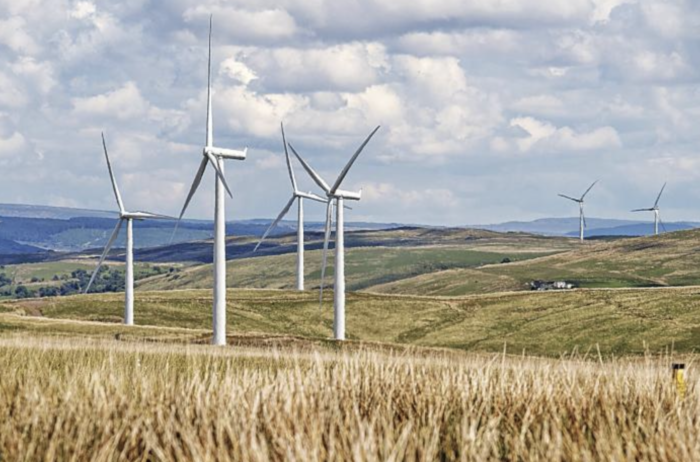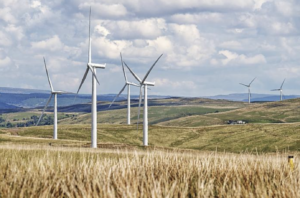The bank announced that by 2026 it is intended to increase sustainable financing from 26% to 40%, during the presentation of the Report Infrastructure in the Development of Latin America (IDEAL) 2022, entitled ‘Energy, water and health for a better environment’
The Development Bank of Latin America (CAF) plans to invest, by 2026, $25 billion in the sustainable development of the region and increase sustainable financing from 26% to 40% for the next four years.
The bank made this announcement during the presentation of the Report Infrastructure in the Development of Latin America (IDEAL) 2022, entitled “Energy, water and health for a better environment”, this Thursday, December 1
its commitments to become the green bank that accompanies the economic and productive recovery of Latin America and the Caribbean.
The report aims to promote tools and mechanisms to transform the current economic paradigm into a sustainable and climate-resiling model, which ensures a better quality of life for all Latin Americans and Caribbeans.
Increasing only the resilience of assets exposed to threats would increase annual investment needs.” Thus, “on average that increase would be $20,000 million for electricity (0.02% of world GDP) and just under $5 billion for water (0.005% of global GDP),” for example, according to CAF.
The report analyzes the multiple energy matrices of the region in line with the decarbonization commitments assumed by the continent (with a high participation of generation from renewable sources), and proposes initiatives that promote the transition to a system based on primary sources with a lower level of emissions, greater electrical component, a decrease in energy intensity and an increase in carbon capture and storage (CAC) mechanisms, among others
of CO2 worldwide, as well as 46% of GHG emissions and 62% of CO2 emissions in Latin America and the Caribbean.
The greatest environmental energy challenge is to achieve an energy transition that achieves a balance between the needs (environmental, but also economic and social) and the capacities of the region to reach a certain speed in that process,” CAF emphasizes in its report.
According to the energy transition index (ITE), prepared by the World Economic Forum (WEF, 2021), Latin America and the Caribbean is slightly below
In the water sector, the CAF report reviews the policies, regulations and infrastructure investments that are carried out in the region, which aim to limit polluting activities, boost the circular economy and promote a more efficient management model focused on the conservation of water resources.
According to data from the Food Organization of the United Nations (FAO), water use has increased worldwide by approximately 1.1% per year between 1970 and 2010 ( In the region, agriculture (including irrigation, livestock and aquaculture) is by far the largest water consumer, using 80% of annual extractions at the regional level (vs. 67% worldwide), followed by households (14% vs. 20% worldwide) and industry (6% vs. 13% worldwide). The extraction of water for productive or economic purposes has put pressure on the availability of water resources.
Finally, it also incorporates in its analysis the health sector and its ability to respond to possible disruptive events based on the lessons learned during the COVID-19 pandemic.
The COVID-19 pandemic highlighted the deficits of the system and its difficulties in adapting to disruptive events that generate pronounced and transitory increases in the demand for health services. But it also showed positive aspects in terms of resilience capacity, that is, its adaptation, the strengthening of the health network and the use of available physical resources (such as the use of its own infrastructure or other sectors), as well as in vaccination coverage,” the study points out.
In conclusion, a better future adaptation to disruptive events, whether caused by communicable factors or climatic factors, and data management and quality, among others.
The Sustainable Development Goals (SDGs) contain specific objectives for the infrastructure sectors that are prioritized in this report: health, water and energy. These are not only objectives in themselves (SDGs 3, 6 and 7, respectively, and transversally, SDG 9), but they also have multiple interrelationships with others, reflecting their essential role in the development of countries.

